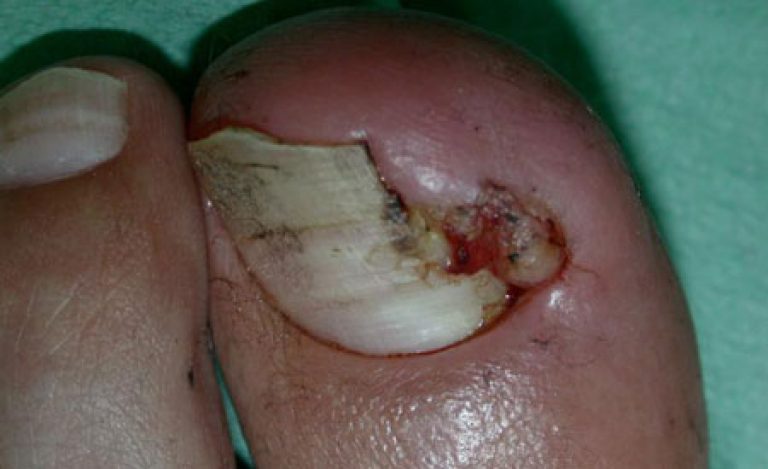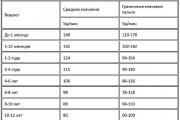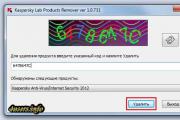An abscess on the finger near the nail - treatment and prevention, common causes of abscesses
Our hands are in daily contact with many objects and liquids. Although nature has made sure that the skin of the hands is denser, and the fingertips are protected by nail plates, damage is not always avoided.
The infection can easily penetrate through minor injuries that are not given importance. After a few hours or days, you can detect the presence of a focus of inflammation or abscess.
Particular vigilance should be shown if a purulent abscess appeared on the finger near the nail. This is the so-called paronychia or periungual panaritium.
It would seem a banal inflammation, but a purulent abscess is a very insidious disease. In especially advanced cases, there is a high probability of losing a finger or an entire limb. If left untreated, paronychia can give severe complications, up to microbial infection of the blood and the development of sepsis.
Causes of an abscess near the nail
The occurrence of an abscess near the nail can occur at any age. Gender also does not really matter, although it is believed that paronychia is more common in women.
This is due to the fact that the female half of the population is more likely to do manicures and do daily housework. This serves as a prerequisite for more frequent traumatic effects on the cuticle and skin of the fingers.
The causes of purulent inflammation near the nail are as follows:
- Damage to the cuticle when performing a manicure. Especially often this occurs with a trimmed manicure, when too much tissue is cut off. Microwounds become the entrance gate for infection, and purulent inflammation develops.
- The habit of biting nails or sucking fingers. This is especially true for children. In childhood, the occurrence of paronychia is not uncommon.
- Ingrown nails. It is most often seen on the legs. An ingrown nail injures the periungual ridges, provoking an inflammatory reaction. When an infection joins, suppuration occurs.
- Professions associated with permanent microtraumas of the skin of the hands or the need to come into contact with liquids and chemical agents: locksmiths, hairdressers, cooks, cleaners, dishwashers, builders, orderlies, etc.
- The presence of internal diseases. For example, diabetes mellitus or vascular disease, when blood circulation in the fingers and toes suffers. At the slightest damage to the skin, long-term healing wounds are formed.
- Paronychia can be fungal in nature, especially if a person suffers from nail fungus or skin fungus on the feet.

Recognition of the periungual panaritium, as a rule, does not cause difficulties even for people who are far from medicine. The symptoms of an abscess on the finger are very pronounced, and the abscess develops rapidly and becomes visible to the naked eye.
Stages of development of paronychia:
- Edema and infiltration.
- Suppuration.
In the first stage of the disease, there is a pronounced swelling of the finger and redness. The finger is warm or hot to the touch, sharply painful on palpation, pain is also noted at rest. Finger movements are not possible.
In the stage of suppuration, the pain becomes unbearable, often throbbing in nature. During this period, body temperature may rise, weakness may be noted. Near the nail, an area of accumulation of pus is visualized, which has a rounded or ribbon-like shape.

Unfortunately, they rarely get into a medical facility with the initial stage of an abscess near the nail. Most often, people try to treat it at home, underestimating the situation.
It is possible to treat an abscess on the finger with conservative methods only at the stage of infiltration and edema, whether on the arm or leg. When pus appears, there is an urgent need to open the abscess and wash the wound.
Conservative methods of treatment:
- Baths. The effectiveness of the baths depends on the time when the disease was detected. The sooner treatment is started, the greater the chance of recovery. Baths from a weak solution of potassium permanganate will help relieve inflammation. The duration of the procedure is 20-30 minutes.
- Applying ointments. Well proven in the treatment of paronychia, Levomikol and Dioxidine ointment.
- Taking antibiotics. The choice of antibacterial drugs in the treatment of an abscess near the nail is carried out by a doctor. Self-administration of antibiotics is dangerous to health!
- In the case of the fungal nature of the disease, antimycotic drugs are prescribed, which can be in the form of tablets, ointments or talkers.
Surgical methods of treatment:
- Opening of the abscess. The surgeon will give you a local anesthetic and then use a scalpel to remove the dead tissue. The wound is thoroughly washed, antibiotics are administered, an aseptic dressing is applied.
- Removal of an ingrown nail.
An abscess on the toe near the toenail can be treated at home at the initial stage and only if it is not associated with an ingrown toenail.
If there is a problem with the nail growing into the periungual roller, only surgical treatment will help, aimed at the complete removal of the nail plate.
The procedure is performed under local anesthesia. The doctor will remove the nail, inject antibacterial drugs, apply a sterile bandage with a healing ointment. Within a week it will be necessary to resemble dressings. A new nail will grow back in 6-8 months.
To exclude the appearance of purulent inflammation near your nails, you need to be more careful about yourself and follow a number of simple rules:
- Any damage to the skin of the hands and feet should be immediately treated with antiseptic solutions (brilliant green, iodine, chlorhexidine, hydrogen peroxide).
- Do a sparing manicure, do not tear off the hangnails, do not bite your nails.
- Cut your nails regularly, trying to file the sharp ends.
- All work related to water, contaminated objects or chemicals should be carried out in tight rubber gloves.
- Timely remove splinters that have fallen under the skin or nails.
- and skin.
- Monitor the health of the body as a whole.














